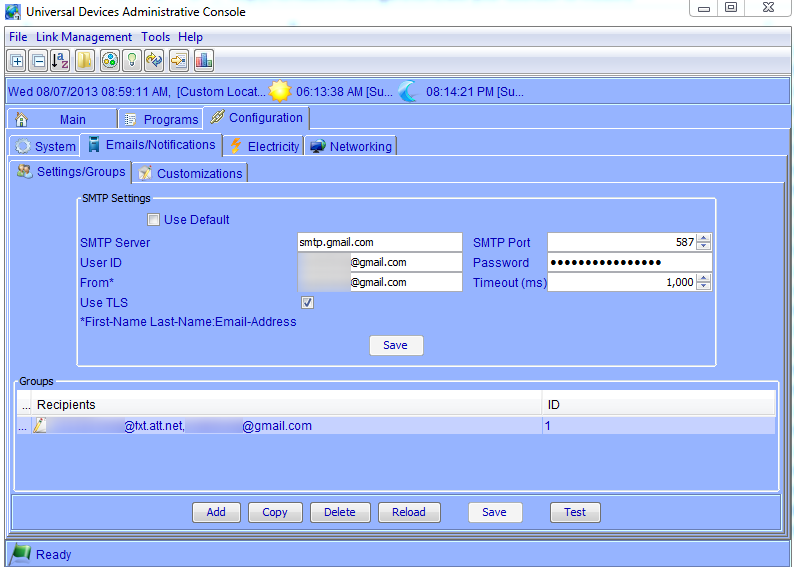

This is an alternative transmission to the Eddystone-UID that sends out a compressed 17 byte URL instead of a numeric identifier. This contains telemetry information including the packet version (always a one-byte value of 0 for now), the beacon temperature (2 bytes), the beacon battery level (2 bytes), the number of seconds the beacon has been powered (2 bytes) and the number of “PDU” packet transmissions the beacon has sent (2 bytes.) This is the main transmission and consists of a two part identifier (10 bytes for the namespace and 6 bytes for the instance) as well as a one-byte transmitter power calibration value, which is used for distance estimates. The multi-beacon consists of three separate beacon frames: While Google is not the first company to invent multi-beacons (Radius Networks developed an iBeacon/AltBeacon interleaving model over a year ago), it is the first one to combine multi-beacons into a single standard. The telemetry packet transmission, separate from the main identifier packet, is one example of this. This means that a single hardware beacon sends out multiple transmissions that can be used independently. This includes both battery level and temperature.Įddystone also supports the multi-beacon concept. Multi-Beacon CapabilityĮddystone supports the concept of telemetry, a special type of beacon transmission that contains metadata about how the beacon is operating. This decision, however, allows Google to put some innovative capabilities into Eddystone. This can make it tricky to use Eddystone alongside existing or new iBeacon-based systems. Where both iBeacon and AltBeacon use a three-part identifier that totals 20 bytes, Eddystone uses a two-part identifier totalling only 16 bytes. The new Eddystone standard doesn’t provide the same iBeacon interoperability, because the identifier layout of Eddystone is incompatible with the iBeacon standard. The AltBeacon standard adds that official support through a beacon standard that is open source and cross-platform.
#Mobilinc isy radius networks radbeacon android#
All of these beacon types work on iOS, but Apple provides no official support for iBeacon on the Android platform.

Where they start to differ is in how you use them.
#Mobilinc isy radius networks radbeacon Bluetooth#
Since all of these beacon types are based on Bluetooth LE, they all have a similar radio range of up to 50 meters. Now Eddystone adds yet another open source standard to the mix. It has since been joined by the open-source AltBeacon standard and the various, closed proprietary systems. The first Bluetooth LE beacon type to gain popularity was the Apple-proprietary iBeacon™ standard starting in late 2013. What is Eddystone?Įddystone has significant differences from the other major standards. If you’re looking to build a new beacon-enabled app, or if you already have beacon apps, it’s important to understand what Eddystone can do. With Eddystone™, the new beacon format from Google, developers making beacon-enabled apps now have more options than ever.


 0 kommentar(er)
0 kommentar(er)
